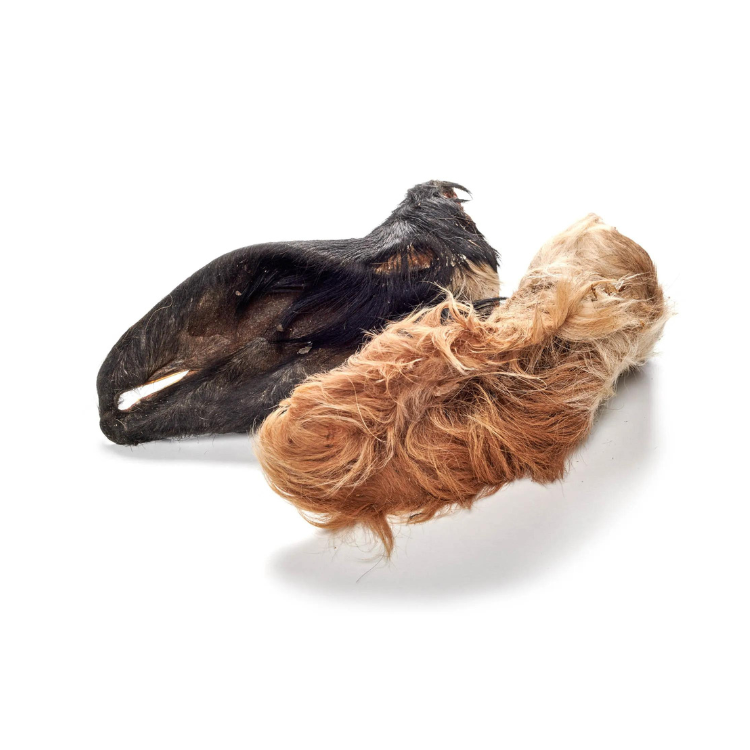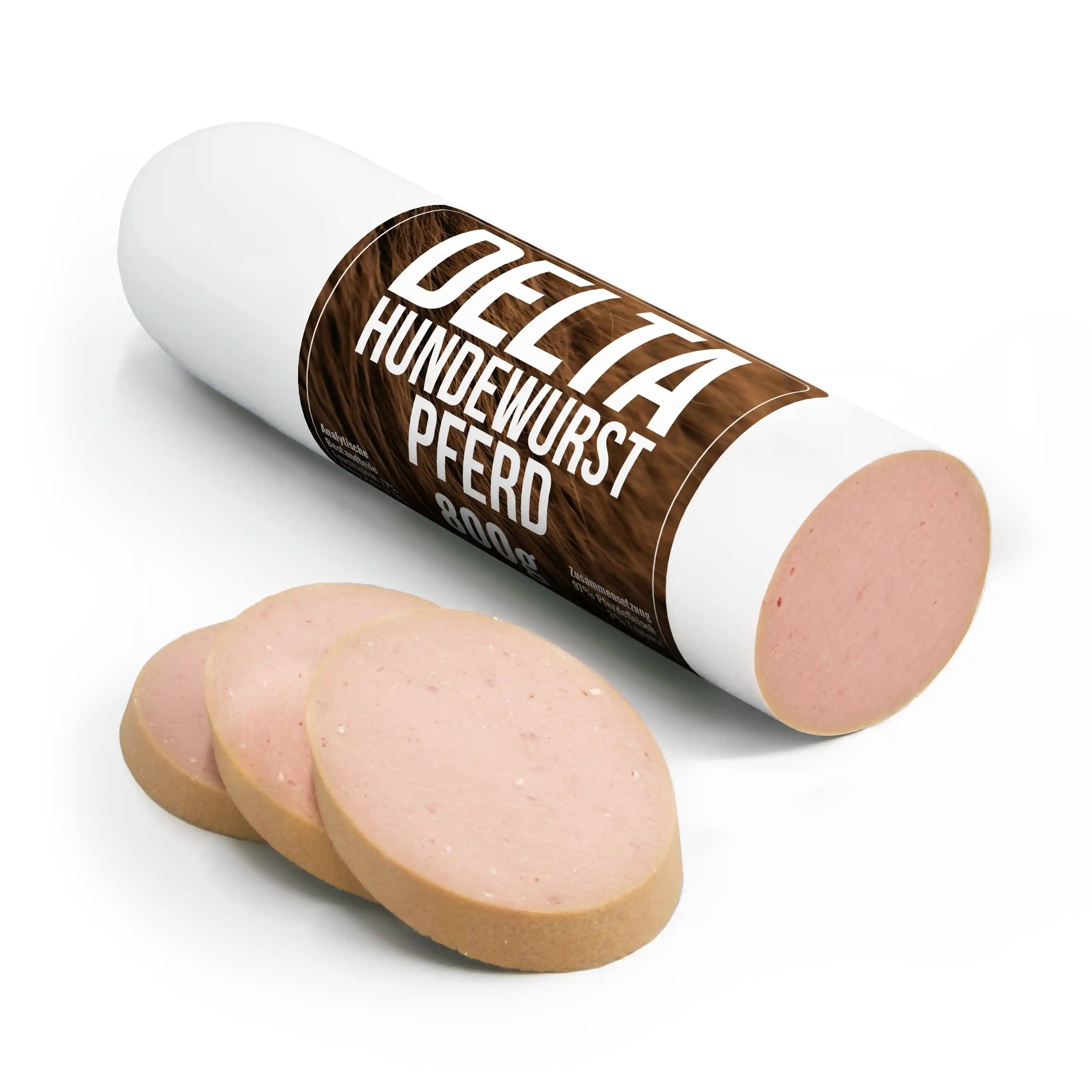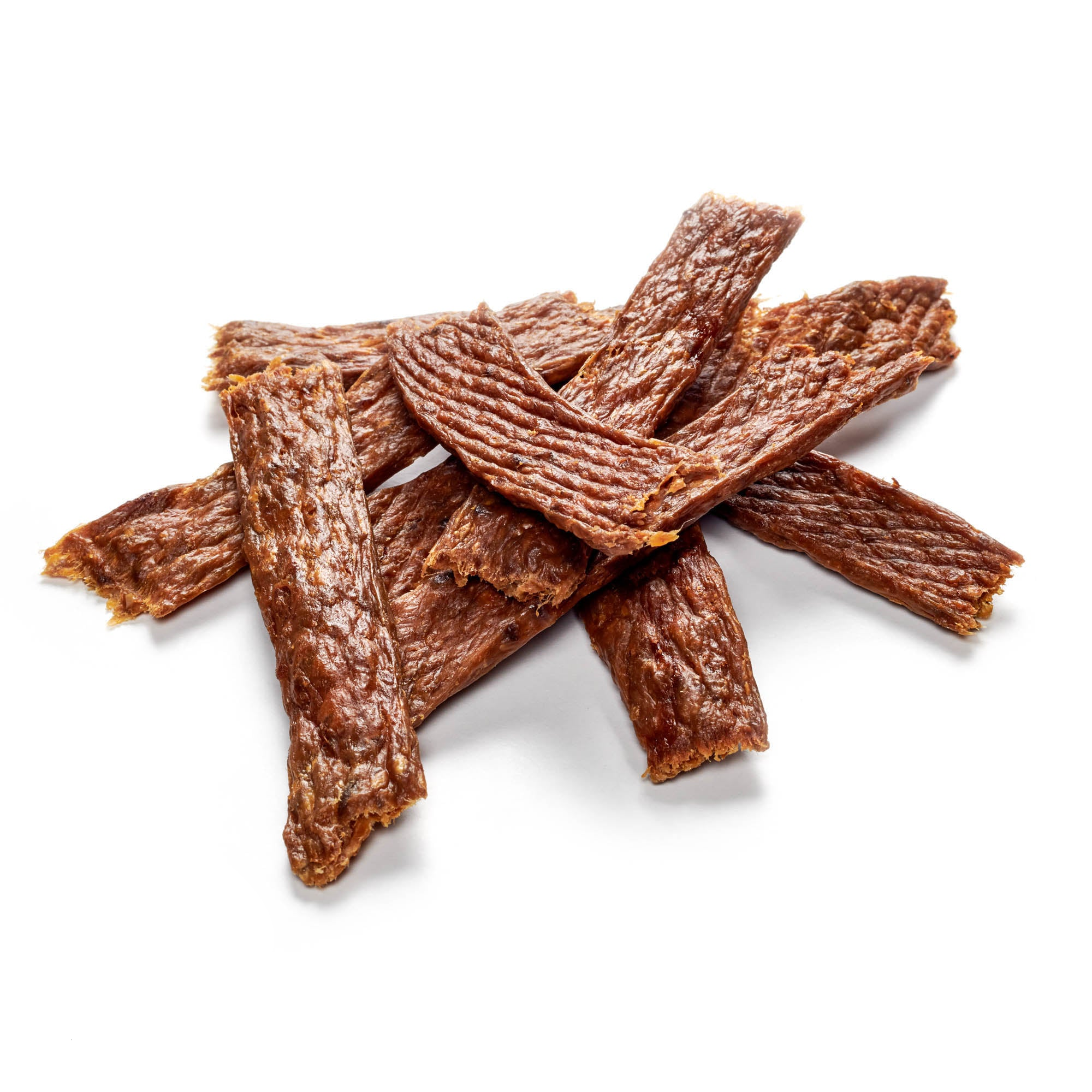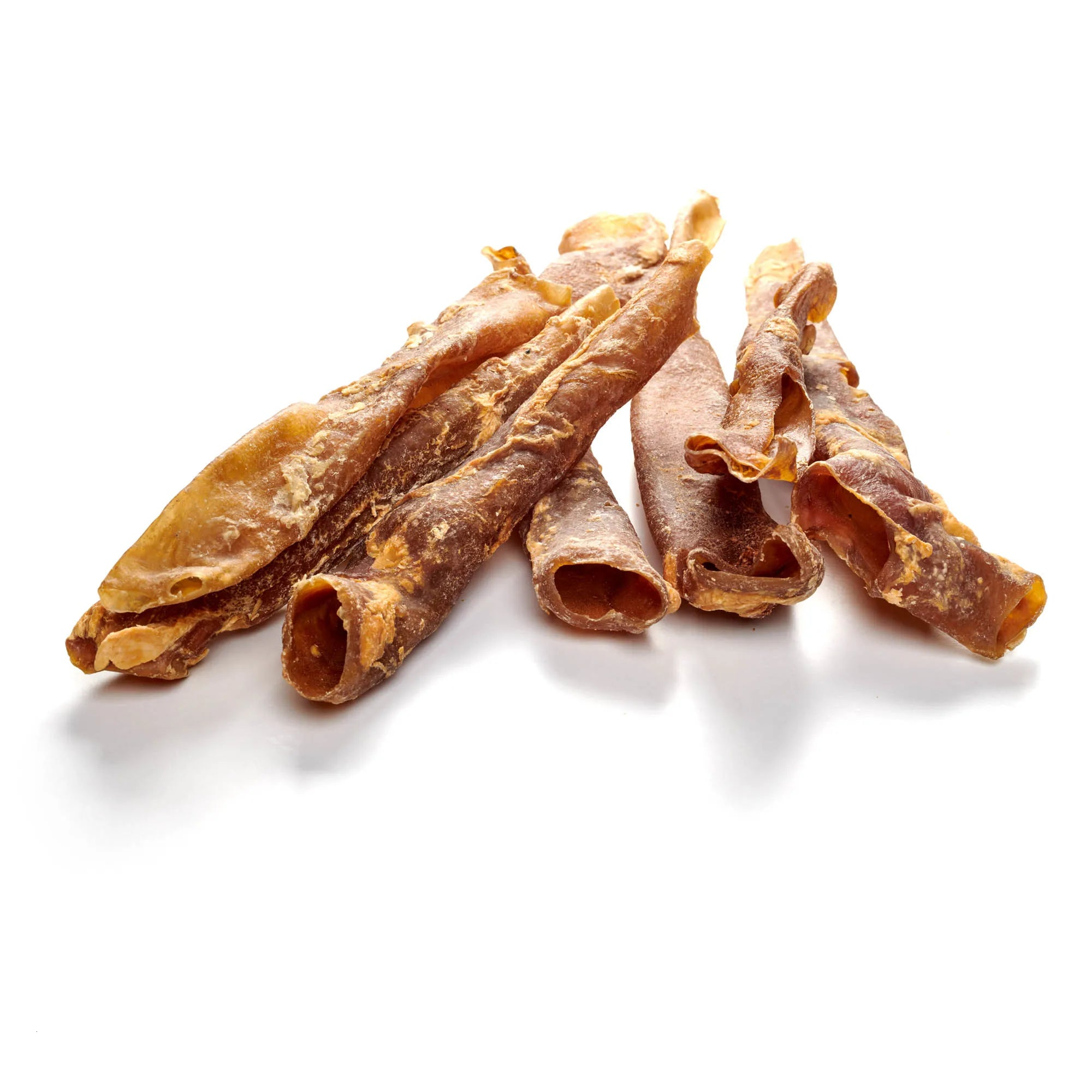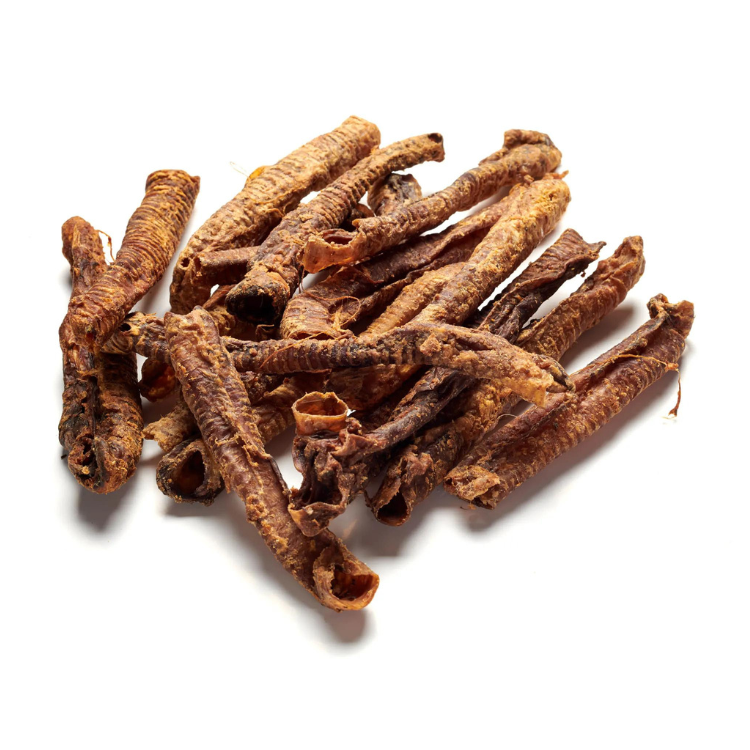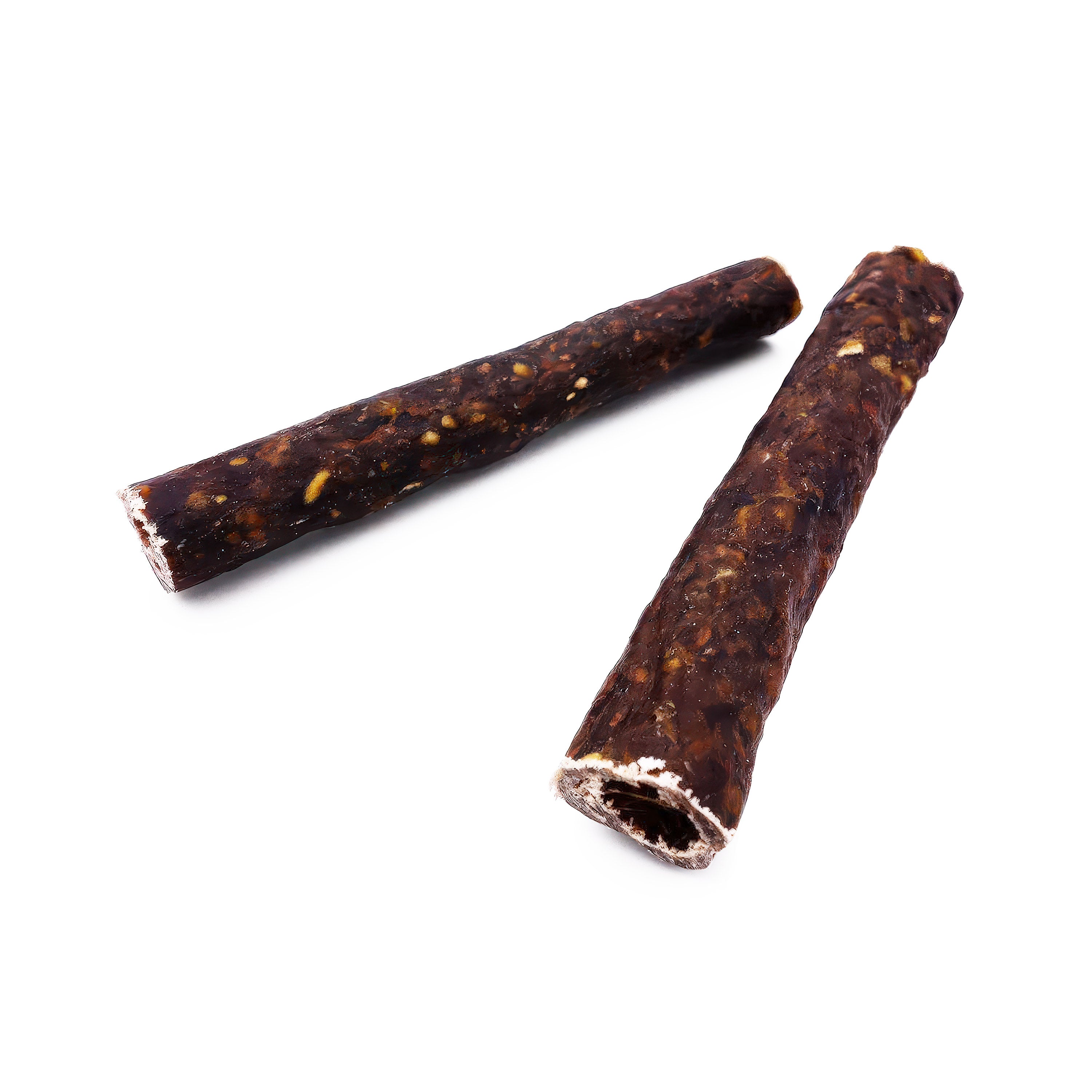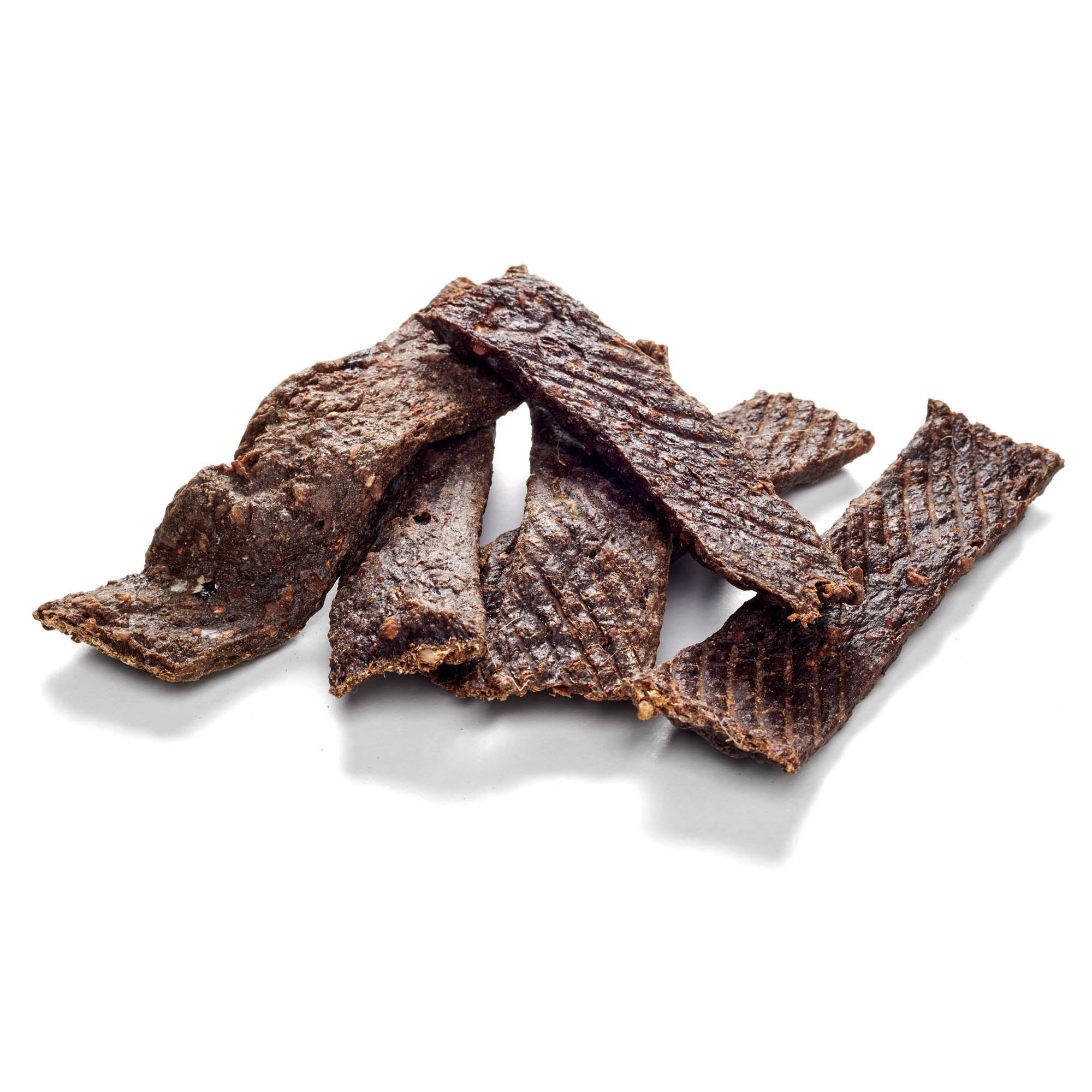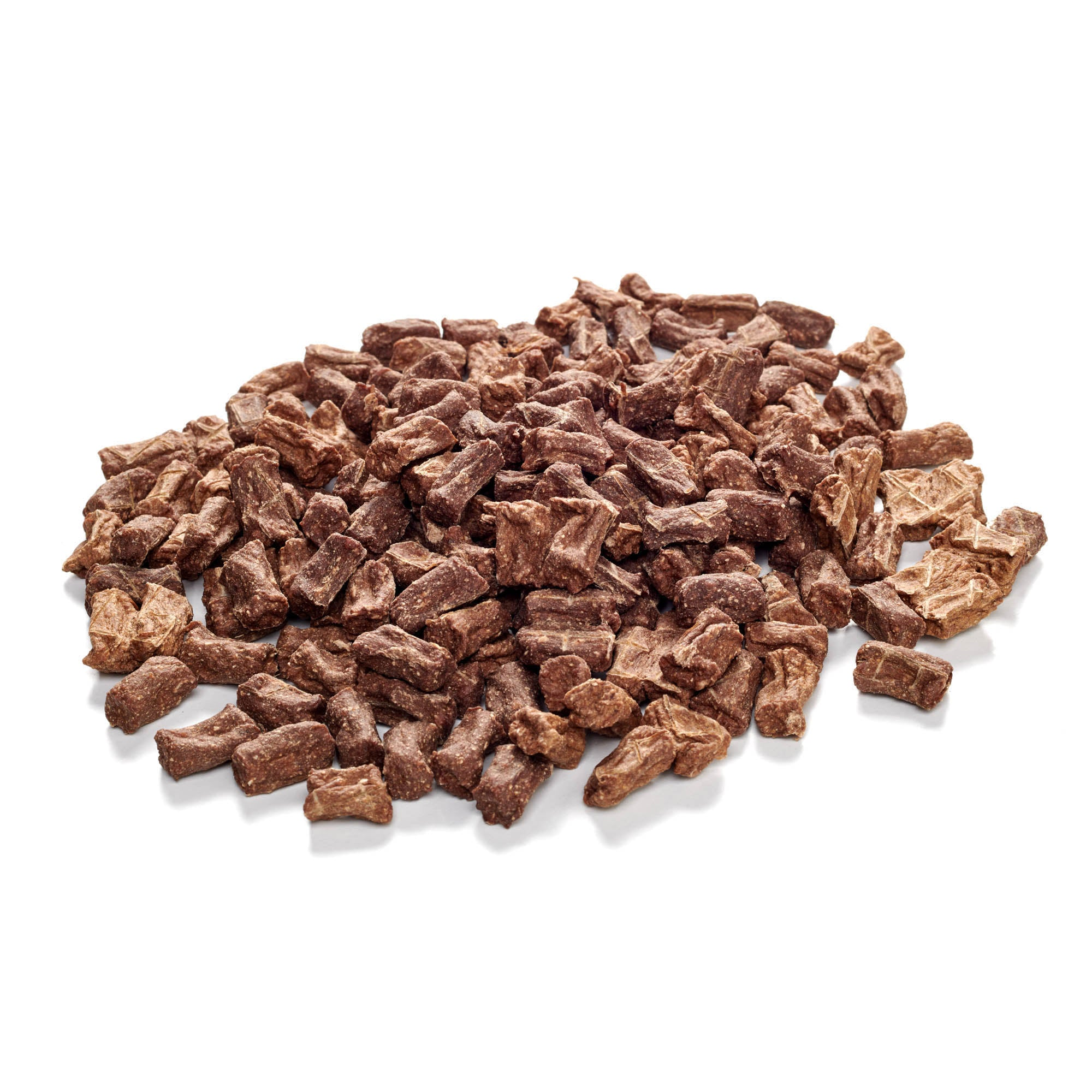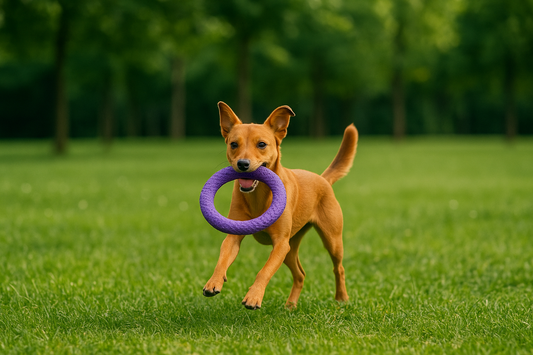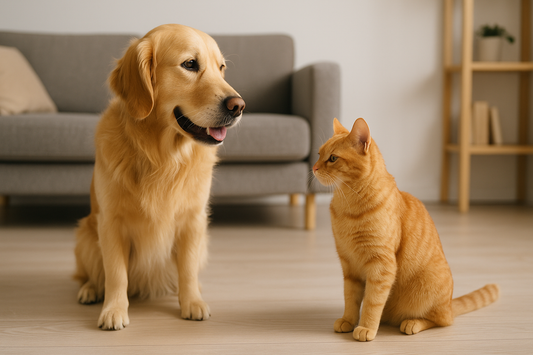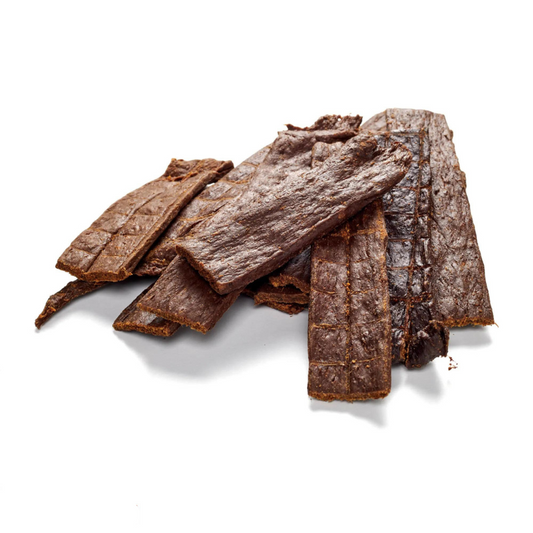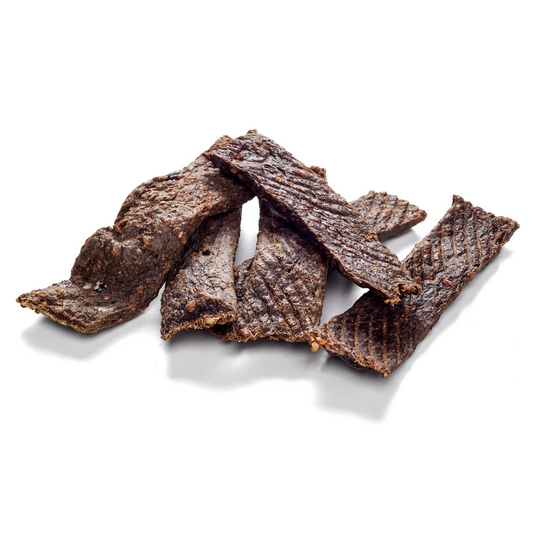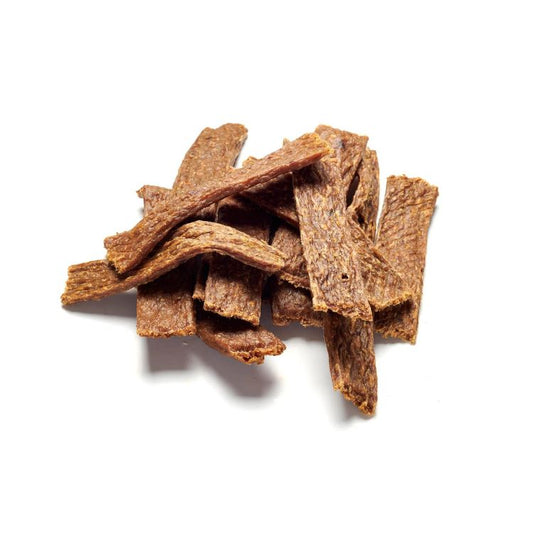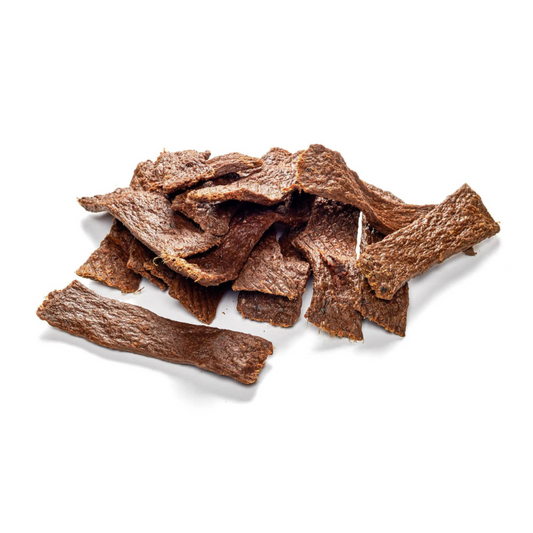
Basset Hound
Share
The Basset Hound is hard to confuse and most people will have seen it in some form. Its appearance with its long ears, sad but loyal look and short legs is too distinctive to not be recognized. However, the breeding of the Basset Hound has taken on forms of cruel breeding, which is why it is particularly important to be well informed before buying this breed of dog.
The four-legged animals, officially recognized as purebred dogs, are in the FCI's group of bloodhounds and are therefore exceptional sniffer dogs. This is also the case with the Basset Hound, who likes to sniff around a lot with his big nose.
Content: Basset Hound
- profile
- Special features
- Nutrition
- Health and care
- Origin & History
- The right accessories
- Conclusion
Dog chews available for happy and satisfied four-legged friends!
Basset Hound - Profile
- Character: Intelligent, stubborn, loving
- Size: Small
- Height: 33-38 cm
- Weight: 24-30 kg
- Life expectancy: 9-12 years
- Coat type: Short hair
- Color: Brown, Black, White
- FCI Group: Hounds – Scenthounds
Basset Hound - Special Characteristics
The Basset Hound is hard to confuse and most people will have seen it in some form. Its appearance with its long ears, sad but loyal look and short legs is too distinctive to not be recognized. However, the breeding of the Basset Hound has taken on forms of cruel breeding , which is why it is particularly important to be well informed before buying this breed of dog.
The four-legged animals, officially recognized as purebred dogs, are in the FCI's group of bloodhounds and are therefore exceptional sniffer dogs. This is also the case with the Basset Hound, who likes to sniff around a lot with his big nose.
Although his body is quite large, his legs are not, and he only measures a maximum of 38 cm at the withers for males and 33 cm for females. His head is characterized by loyal and large eyes and a pronounced muzzle. His scalp often forms very deep folds, which is no longer desired and has been banned in new breeding regulations. This also includes the far too small distance between the chest and the ground, the ears, which are usually too long, and the eyes, which are often prone to conjunctivitis due to a drooping lower eyelid, the so-called ectropion disease. These negative breeding characteristics are now mostly only seen in exhibition dogs for breeding shows, which often display extremes. Unfortunately, the eyes of the Basset Hound, which are affected by ectropion, are still often considered "normal" and healthy for this breed of dog, even though it is not.
The short legs, however, are not too much of a problem for him, as he is still a quick, agile and successful hunting dog. But the short legs do have a disadvantage, more on that below.
Its thick, short fur grows in different colors and covers a muscular body that looks a bit too long due to its short legs and has quite funny features with its wing-like floppy ears. But it should not be underestimated, because Basset Hounds are strong and robust animals.
Although his sad-looking eyes often convey something else, the Basset Hound is a sociable dog who is happy to meet strangers. This does not make him a particularly popular guard dog. Together with his balanced nature and calm demeanor, he is generally good with children, which makes him a good family dog. But he is also good company for large families where there is always something going on. His bark is deep and quite frightening, but due to his build he is unlikely to bite anyone.
High-quality dog chews for your faithful companion can be found here!
Basset Hound - What should you consider when feeding it?
Since the Basset Hound tends to be overweight, its food rations should not be too large. A balanced diet that contains a lot of meat , but also vegetables and fruit, is particularly useful here. Anyone who has a Basset Hound at home should also be very vigilant and never leave food lying around in the open. Although it is too small for tables or work surfaces in the kitchen, Inspector Sniffer will at least find the tasty morsels within reach and knows how to deceive and trick.
Basset Hound - Health and Care
As the Basset Hound has been greatly modified by breeding, the short legs, which are actually not problematic, lead to increased back problems in the area of the intervertebral discs. This often becomes a real problem in old age, because anyone who has ever had a slipped disc knows how painful it can be. In addition, there are the often much too large ears, which, all joking aside, would provide propulsion if raised like sails. But as they usually cover the ear canals and hardly allow air to circulate, middle ear infections can occur. Regular cleaning is a must! The eyes mentioned above are also susceptible to disease. This should be taken into account when buying a puppy and both the mother and father dog should be examined if possible. The eye disease known as ectropion, in which the lower eyelids droop, can, however, be treated with surgery. Otherwise, the Basset Hound is a robust dog that only really seems to suffer from its short height in winter. The proximity to the cold ground means that the Basset Hound is at risk of frostbite on the foreskin and scrotum. Not a pleasant situation and, if it does happen, definitely a case for the vet. Dog clothes can help in some cases. Grooming the coat, on the other hand, takes very little time. Occasional brushing is completely sufficient, although there is no such thing as "too much" brushing, as most dogs enjoy it like we do a massage. Another tip for the coat change: all loose hair can be quickly removed with a rubber glove. Simply stroke the coat. The loose hair sticks to the rubber gloves.
Basset Hound - Origin & History
The history of this dog breed is not entirely clear. However, various traditions suggest that the Basset Hound originally comes from France. It is considered a descendant of the local dog breeds Basset Artésien Normand and Basset d'Artois. In the 19th century, the Basset Hound also made its way to Great Britain and enjoyed increasing popularity. In 1892, the Basset Hound was crossed with bloodhounds to improve its tracking abilities. This worked so well that it spread worldwide, and finally, in 1957, the first official Basset Hound breed was established in Germany.
Basset Hound - The right accessories
The basic equipment for dogs includes a lot of things, but what you really need depends on the individual circumstances. However, all dog owners need at least a collar or harness, one or two leashes, a drinking and feeding bowl and a comfortable dog bed . An orthopedic dog mattress can even protect the dog's back. A muzzle is mandatory for train travelers, no matter how useful it is, and for car or plane journeys, dog transport boxes are not only recommended, but required.
Like all short-legged dog breeds, the Basset Hound has problems with the short distance to the ground in cold and wet weather. Therefore, a dog jacket should be part of the wardrobe, even if some people think it is unnecessary or in bad taste. The health of your four-legged friend should be more important to you than the opinion of others.
Conclusion
The Basset Hound is a unique breed of dog with a distinctive appearance and a lovable personality. Despite its short legs, it is a successful hunting dog with an excellent nose. The health and care of the Basset Hound require special attention due to its anatomical features, such as large ears and tendency to back problems. However, proper nutrition and careful care can help this dog live a happy and healthy life. If you choose a Basset Hound as a companion, be prepared to fall in love with its loyal and stubborn character.
Spoil your four-legged friend with our delicate chew items!

